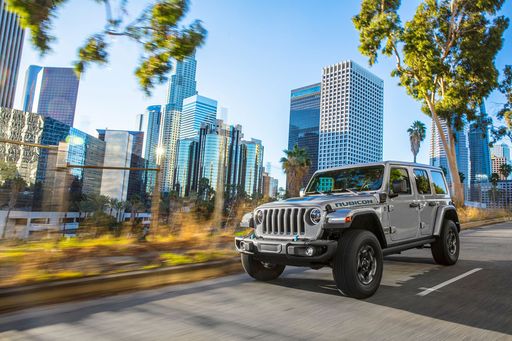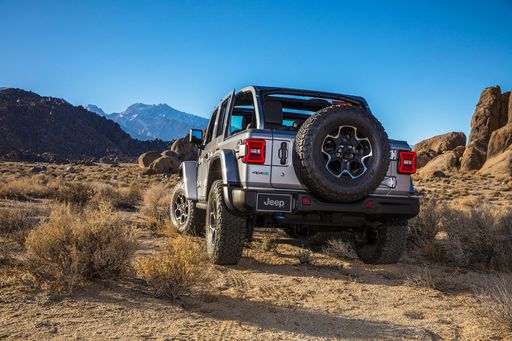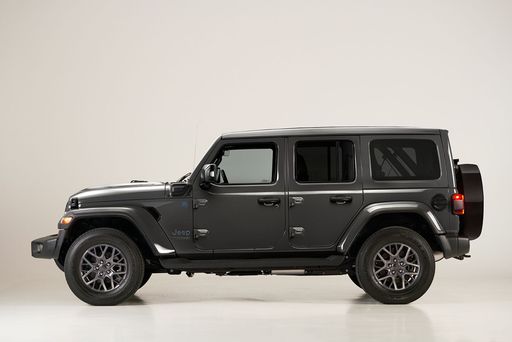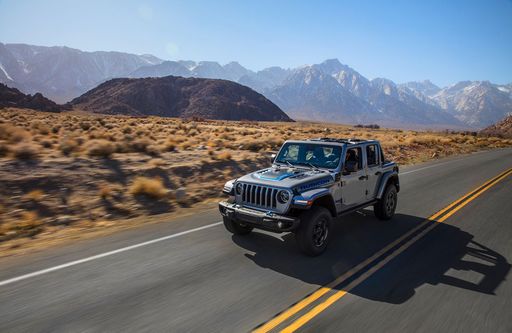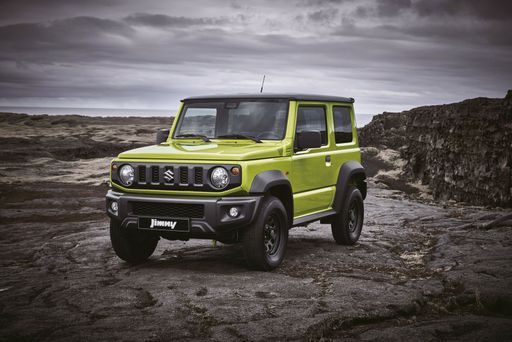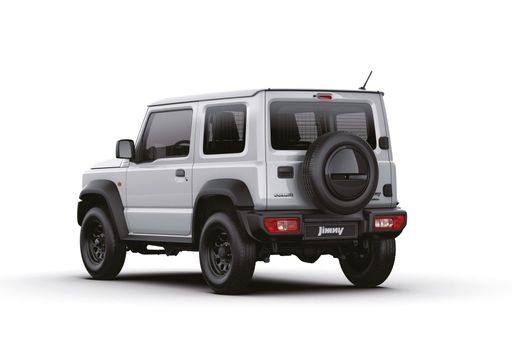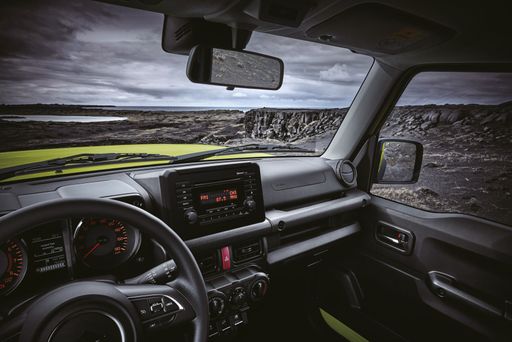Jeep Wrangler vs Suzuki Jimny: The Clash of Off-Road Titans
When it comes to rugged off-roaders, few names resonate as strongly as the Jeep Wrangler and Suzuki Jimny. Both bring a storied history of tackling challenging terrains, yet they offer distinct experiences tailored to different adventurers. Let's dive into their technical prowess and innovative features to see how these popular models measure up against each other.

